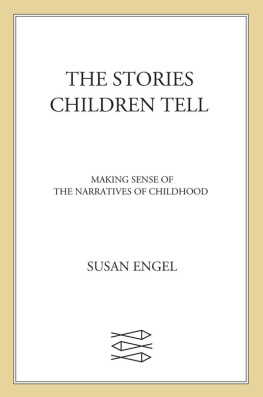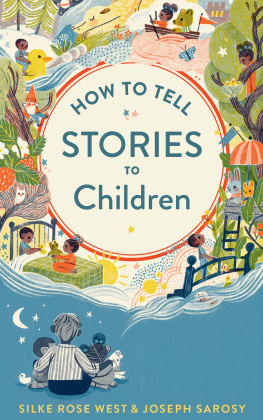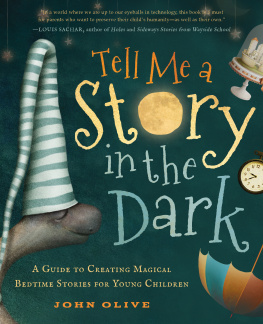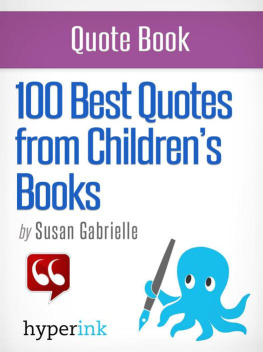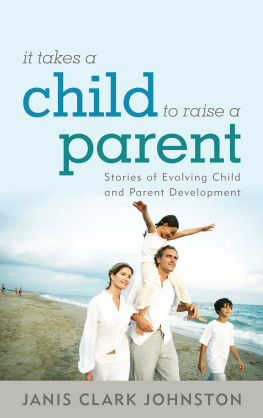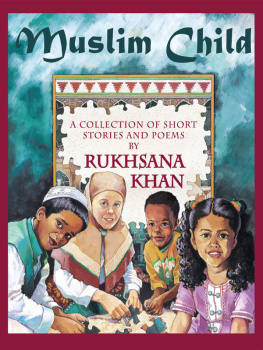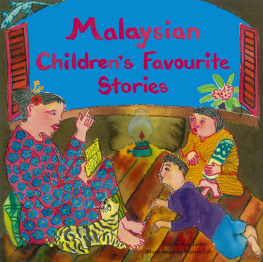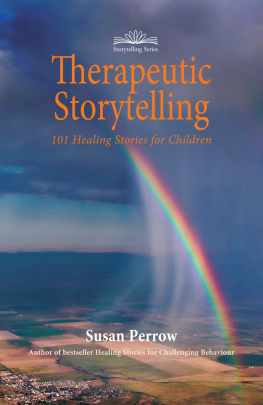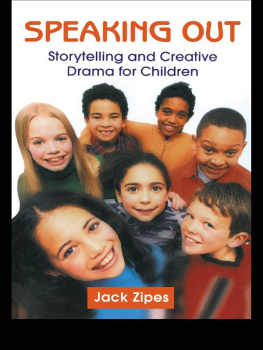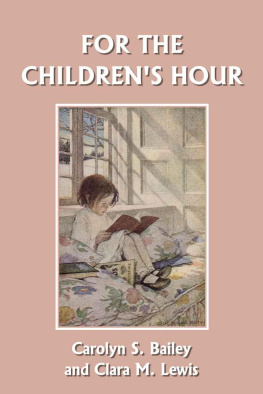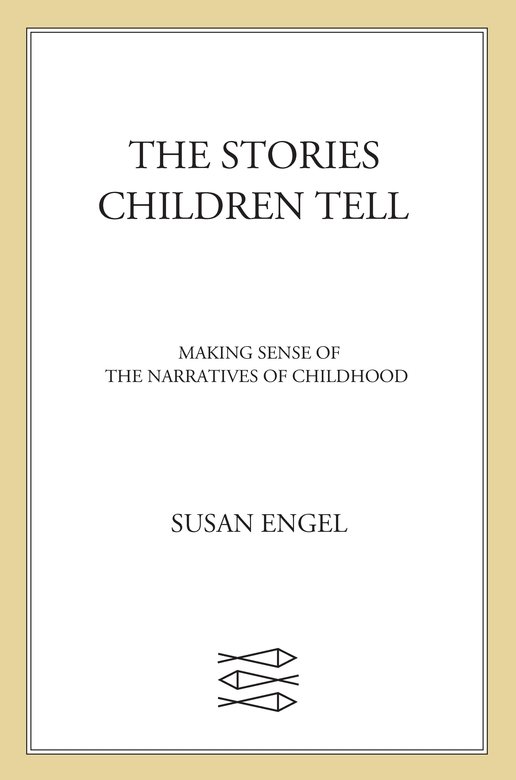Susan Engel - The stories children tell: making sense of the narratives of childhood
Here you can read online Susan Engel - The stories children tell: making sense of the narratives of childhood full text of the book (entire story) in english for free. Download pdf and epub, get meaning, cover and reviews about this ebook. year: 2012, publisher: Henry Holt and Co, genre: Children. Description of the work, (preface) as well as reviews are available. Best literature library LitArk.com created for fans of good reading and offers a wide selection of genres:
Romance novel
Science fiction
Adventure
Detective
Science
History
Home and family
Prose
Art
Politics
Computer
Non-fiction
Religion
Business
Children
Humor
Choose a favorite category and find really read worthwhile books. Enjoy immersion in the world of imagination, feel the emotions of the characters or learn something new for yourself, make an fascinating discovery.
- Book:The stories children tell: making sense of the narratives of childhood
- Author:
- Publisher:Henry Holt and Co
- Genre:
- Year:2012
- Rating:3 / 5
- Favourites:Add to favourites
- Your mark:
The stories children tell: making sense of the narratives of childhood: summary, description and annotation
We offer to read an annotation, description, summary or preface (depends on what the author of the book "The stories children tell: making sense of the narratives of childhood" wrote himself). If you haven't found the necessary information about the book — write in the comments, we will try to find it.
Abstract: Whether presenting their versions of real events or making up tales of adventure and discovery, children enchant us with their stories. But the value of those stories goes beyond their charm. Storytelling is an essential form through which children interpret their own experiences and communicate their view of the world. Each narrative presented by a child is a brushstroke on an evolving self-portrait a self-portrait the child can reflect on, refer to, and revise. In The Stories Children Tell, developmental psychologist Susan Engels examines the methods and meanings of childrens narratives. She offers a fascinating look at one of the most exciting areas in modern psychology and education. What is really going on when a child tells or writes a story Engels insights into this provocative question are drawn from the latest research findings and dozens of actual childrens tales compelling, funny, sometimes disturbing stories often of unexpected richness and beauty. In The Stories Children Tell, Susan Engel examines: P dir=ltr align=left -the different functions of storytelling / P dir=ltr align=left/ -the way the storytelling process changes as children develop / P dir=ltr align=left/ -the contributions of parents and peers to storytelling / P dir=ltr align=left/ -the different types of stories children tell / P dir=ltr align=left/ -the development of a childs narrative voice / P dir=ltr align=left/ -the best way of nurturing a childs storytelling skills / Throughout these discussions, Engel presents compelling evidence for what is perhaps her most intriguing idea: that in constructing stories, children are constructing themselves
Susan Engel: author's other books
Who wrote The stories children tell: making sense of the narratives of childhood? Find out the surname, the name of the author of the book and a list of all author's works by series.

